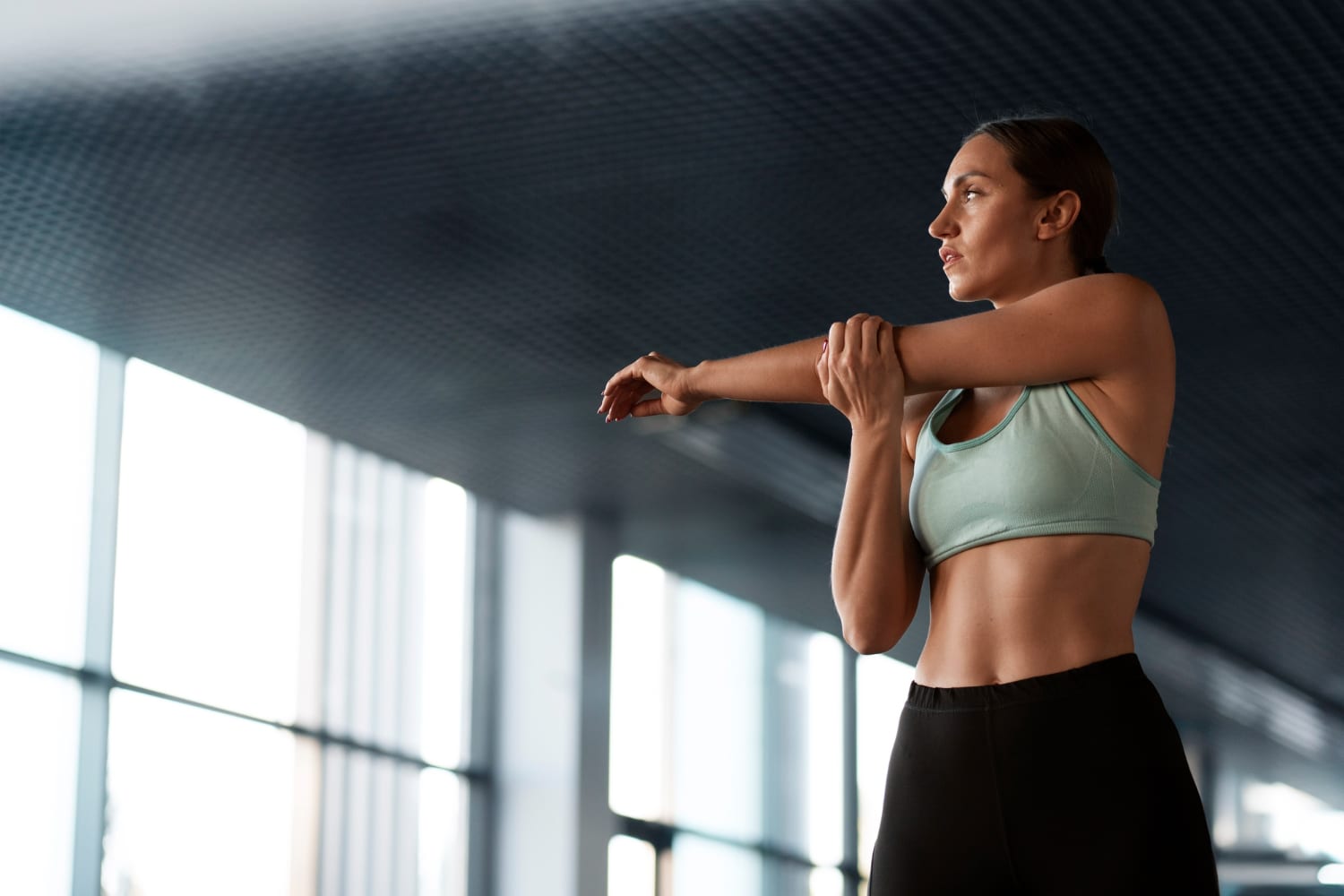
Importance of Warm-Up and Cool-Down Routines
Many people start workouts without warming up or end them without cooling down. While this may seem like a time-saver, skipping these steps can hurt your performance. It also raises the risk of injury and leads to more muscle soreness.
A good warm-up prepares your body for exercise by boosting blood flow, loosening muscles, and waking up the nervous system. A cool-down helps reduce heart rate, flush out metabolic waste, and promote flexibility.
In this article, we’ll explore:
- The science behind warm-ups and cool-downs
- Their benefits for injury prevention and recovery
- Effective warm-up and cool-down routines for different workouts
These easy techniques can improve your workouts and support your fitness journey.
Why Warm-Ups Are Essential

A warm-up is a low-intensity exercise session performed before the main workout. It slowly raises body temperature, heart rate, and blood flow. This gets muscles and joints ready for movement.
1. Enhances Performance
Warming up activates the nervous system, improving coordination, reaction time, and muscle efficiency. Warmed-up muscles produce more force. This makes squats and deadlifts work better.
2. Reduces Injury Risk
Cold, stiff muscles are more prone to strains and tears. A warm-up boosts muscle elasticity, oils joints, and readies connective tissues. This helps lower the chance of sprains and injuries from overuse.
3. Improves Range of Motion
A good warm-up has dynamic stretching. This helps loosen tight muscles and boost flexibility. This leads to better form in movements like lunges, squats, and overhead presses.
4. Increases Blood Flow and Oxygen Supply
Warming up slowly increases heart and breathing rates. This helps muscles get more oxygen and nutrients. This improves endurance and prevents early fatigue during workouts.
Why Cooling Down Matters
A cool-down consists of low-intensity movements and stretching performed after exercise. Its purpose is to return the body to rest and accelerate recovery.
1. Prevents Dizziness and Blood Pooling
Stopping suddenly after intense exercise can cause blood to pool in your legs, which can lead to dizziness or even fainting. A proper cool-down helps gradually reduce heart rate and blood pressure.
2. Reduces Muscle Soreness
Cooling down with light movement and stretching helps clear lactic acid. This reduces metabolic waste and lowers post-workout soreness and stiffness.
3. Maintains Flexibility and Mobility
Static stretching after exercise helps muscles and joints stay flexible. It prevents tightness and keeps a full range of motion for your next workout.
4. Aids Recovery
Cooling down keeps blood moving slowly. This helps deliver nutrients to muscles and speeds up tissue repair. As a result, recovery time is shorter.
Effective Warm-Up Routines for Different Workouts
A good warm-up should take 5-10 minutes. It should include exercises that match your workout.
1. General Full-Body Warm-Up
Best for weightlifting, HIIT, and functional training.
- Jumping jacks or jump rope (1-2 minutes) – Raises heart rate.
- Arm circles and shoulder rolls – Mobilizes upper body.
- Bodyweight squats or lunges – Activates leg muscles.
- Dynamic stretching (leg swings, hip circles, torso twists) – Improves mobility.
2. Warm-Up for Strength Training
- Foam rolling (2-3 minutes) – Loosens tight muscles.
- Glute bridges or banded lateral walks – Activates lower body.
- Lightweight or bodyweight reps of the first exercise – Neuromuscular activation.
3. Warm-Up for Cardio Workouts
- Brisk walking or light jogging – Gradually increases heart rate.
- Butt kicks and high knees – Activates lower-body muscles.
- Arm swings and shoulder mobility drills – Loosens upper body.
Best Cool-Down Routines for Recovery
Cooling down should last 5-10 minutes, and transition the body back to rest.
1. General Full-Body Cool-Down
- Light jogging or walking (2-3 minutes) – Lowers heart rate.
- Deep breathing exercises – Aids relaxation.
- Static stretching (hold each for 20-30 seconds)
- Quadriceps stretch
- Hamstring stretch
- Chest opener
- Shoulder stretch
2. Cool-Down for Strength Training
- Low-intensity bodyweight movements (bodyweight squats, arm circles).
- Foam rolling – Reduces muscle tightness.
- Static stretching focuses on muscles used in the workout.
3. Cool-Down for High-Intensity Cardio
- Slow cycling or walking – Reduces blood pooling.
- Stretching the calves, quads, and hamstrings – Relieves tension.
- Breath control techniques – Helps regulate heart rate.
Common Warm-Up and Cool-Down Mistakes
1. Skipping Warm-Ups Altogether
Jumping into heavy lifting or intense cardio too quickly can lead to injuries. It also hurts your performance.
2. Doing Static Stretches Before a Workout
Static stretching before exercise can reduce strength and power output. Always start with dynamic movements to prepare muscles properly.
3. Not Tailoring the Warm-Up to the Workout
A good warm-up should match the intensity and movements of your main workout. For example, warming up for squats should include lower-body activation drills.
4. Rushing Through the Cool-Down
Stopping suddenly after exercise can cause dizziness and slow down recovery. Gradually reducing intensity and incorporating stretching is key.
The Science Behind Warm-Ups and Cool-Downs
How Warm-Ups Affect the Body
- Increases muscle temperature, making tissues more elastic and resistant to tears.
- Enhances synovial fluid production, improving joint mobility.
- Activates the sympathetic nervous system, improving muscle response.
How Cool-Downs Promote Recovery
- It helps prevent post-exercise hypotension, where blood pressure drops too quickly.
- Clears metabolic waste products like lactic acid.
- Activates the parasympathetic nervous system, reducing stress hormones and promoting relaxation.
Conclusion: Importance of Warm-Up and Cool-Down Routines

Warm-ups and cool-downs are often ignored. However, they are vital for preventing injuries, boosting performance, and aiding recovery. Whether you lift weights, run, or train intensely doesn’t matter. Taking extra minutes before and after your workout can enhance your results.
Key Takeaways:
- A proper warm-up prepares muscles and joints, reducing injury risk.
- Cooling down aids recovery prevents soreness, and maintains flexibility.
- Tailor warm-ups and cool-downs to match the type of workout you’re doing.
- Don’t skip warm-ups. Avoid static stretches before training. Also, don’t neglect recovery movements.
Warm-ups and cool-downs are key. They help you have smoother workouts. You’ll also face fewer injuries and reach your fitness goals faster.